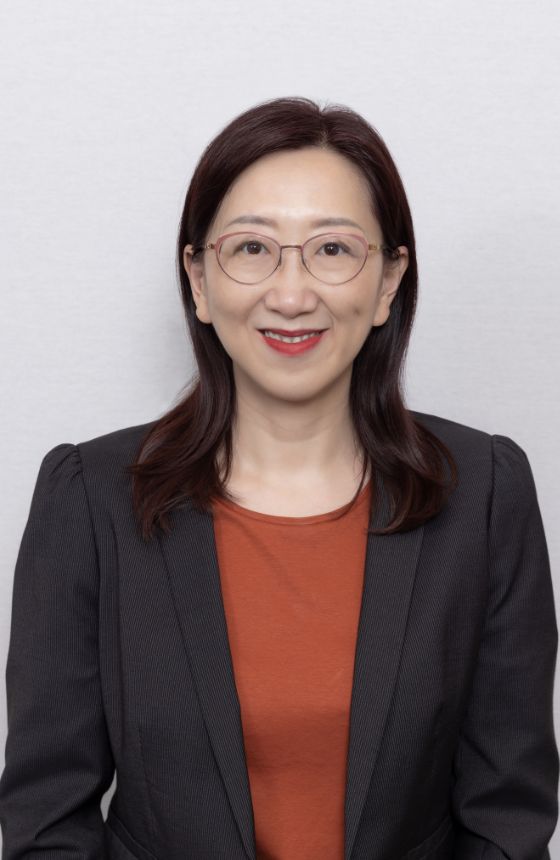
Prof. Allen CHEONG
Assoc. Head (National and International Engagement) & Professor
- HJ509
- +852 2766 6108
- allen.my.cheong@polyu.edu.hk
Biography
Prof. Allen Cheong received her Bachelor's degree in Optometry with first class honours from The Hong Kong Polytechnic University. She continued her graduate training in the area of low vision at the School of Optometry in Queensland University of Technology under the advisement of Prof. Jan Lovie-Kitchin. Her graduate research focused on vision rehabilitation and optometric care for low vision patients, in particular their reading performance. Upon receiving her PhD, she conducted her postdoctoral work with Dr Duane Geruschat at the Wilmer Eye Institute, Johns Hopkins University in the area of mobility performance in low vision patients. After a year of postdoctoral training, she joined the Department of Psychology at the University of Minnesota as a research associate. Under Prof Gordon Legge’s supervision, she continued her research work in low vision reading and mobility. In 2008, she joined the School of Optometry at The Hong Kong Polytechnic University as an Assistant Professor. She was promoted to Associate Professor in 2015 and later to Professor in 2023.
Prof. Cheong’s clinical specialty is geriatric and low vision rehabilitation. She is the leader of the Vision Rehabilitation Clinic at The Hong Kong Polytechnic University Optometry Clinic. Her research interests focus on the psychophysical, behavioural, and clinical aspects of ageing and low vision research. Her major research goal is using different interventions to improve visually-impaired patients’ functional performance on activities of daily living (e.g. reading, mobility and navigation) and establish cost effective vision rehabilitation models to enhance patients’ quality of life.
Prof. Cheong has won several awards. Examples are: the Research in Vision and Ophthalmology (ARVO) Foundation/ Pauline and Oswald Lapp Travel Grants Awards, Atwell Award of Low Vision Research Group (which is now called Envision-Atwell Award), and the International Postgraduate Research Award from Queensland University of Technology. She is a Fellow of the American Academy of Optometry. Prof. Cheong is currently serving as Vice President, International Society for Low Vision Research and Rehabilitation, an associate editor for Frontiers in Neuroscience, and a reviewer for different neuroscience, ophthalmology, psychology and vision science journals.
Education and Academic Qualifications
- Bachelor of Science in Optometry, The Hong Kong Polytechnic University
- Doctor of Philosophy, Queensland University of Technology
- Juris Doctor, The Chinese University of Hong Kong
Professional Qualifications
- HKSAR Registered Optometrist (Part I)
- Fellow of the American Academy of Optometry



